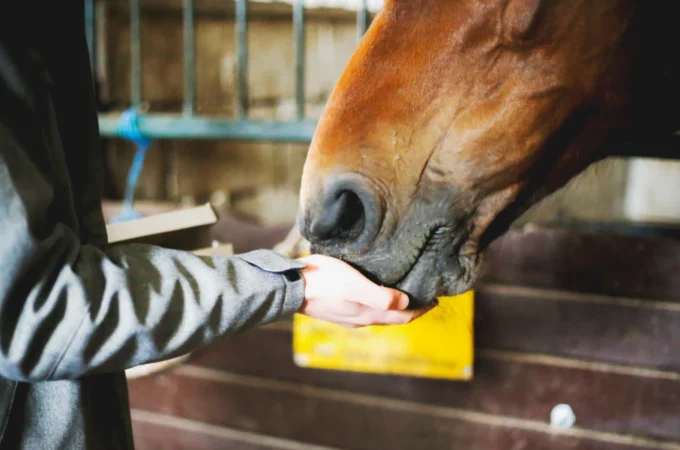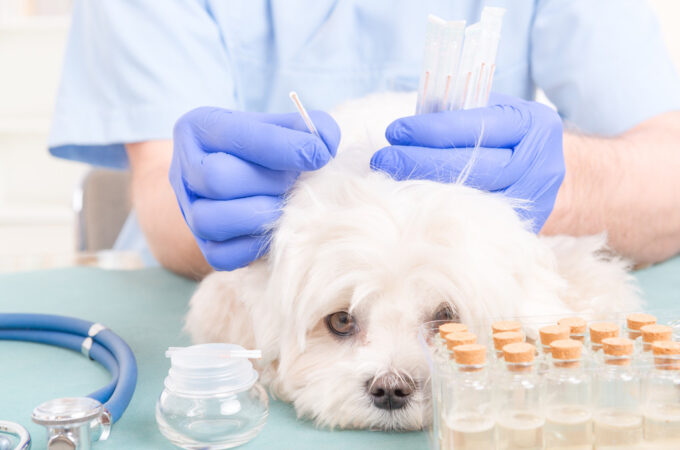
Getting a Family Pet: Key Steps to Help You Prepare Properly
Bringing a new furry friend into your home is an exciting venture, but it comes with responsibilities. Preparation is key to ensuring a smooth transition for both you and your future pet. From choosing the right pet to creating a pet-friendly environment, here are the key steps you need to take to prepare for your new family member.
Purchase Essential Supplies
Stock up on the necessary supplies before your pet’s arrival. This includes high-quality pet food, grooming tools, a comfortable bed, appropriate toys, and identification tags. Your dog will also need supplements for dog to fill nutritional gaps in their diet, ensuring they receive the essential vitamins, minerals, and nutrients necessary for optimal health and well-being. Having these essentials ready will make the transition smoother for both you and your new family member.
Choosing the Right Pet
Selecting the right pet for your family involves considering factors such as size, energy level, and temperament. Assess your lifestyle and living space to determine whether a dog, cat or smaller pet like a rabbit or hamster is the best fit. Research breeds or species to find one that aligns with your family’s needs and preferences.
Research and Education
Before your new pet arrives, invest time in learning about their specific needs. Each species and breed has unique requirements for diet, exercise, grooming, and medical care. Equip yourself with the knowledge necessary to provide proper care, ensuring a healthy and happy life for your new family member.
- Species-Specific Needs: Each species has unique requirements. Understand the specific needs of your pet, whether they are a dog, cat, rabbit, hamster, or any other companion animal.
- Breed Characteristics: If you’ve chosen a dog, research the characteristics of the breed. Different breeds have distinct temperaments, exercise needs, and grooming requirements.
- Dietary Requirements: Investigate the dietary needs of your pet. Whether it’s selecting the right type of food or understanding portion sizes, a well-balanced diet is crucial for their overall health.
- Behavioral Insights: Learn about the typical behaviors of your pet. Understanding their instincts and behaviors will aid in training and help you create an environment that promotes positive mental health.
Create a Pet-Friendly Space
Prepare a designated area in your home for your new pet. This space should include a comfortable bed, food and water bowls, toys, and other essentials. Secure the area to prevent any potential hazards, and gradually introduce your pet to other areas of the house as they become more comfortable.
- Comfort Zone: Provide a designated area where your pet can retreat and feel secure. This could be a cozy bed, crate, or a quiet corner with their favorite blanket. Having a dedicated space helps your pet acclimate to their new surroundings.
- Food and Water Stations: Establish a consistent location for your pet’s food and water bowls. This not only helps with their routine but also prevents confusion about where to find sustenance. Keep these stations away from heavy foot traffic to create a calm eating environment.
- Toys and Entertainment: Introduce a variety of toys to keep your pet mentally stimulated and physically active. Rotate toys regularly to prevent boredom. Additionally, consider interactive toys that can engage your pet’s mind and provide entertainment during times when you’re not at home.
- Safety Measures: Pet-proof the space by removing potential hazards. Ensure that electrical cords are out of reach, toxic plants are removed, and any small objects that could be swallowed are kept away. This preventative approach creates a secure environment and minimizes the risk of accidents.
Visit the Veterinarian
A visit to the veterinarian is crucial to your pet’s well-being. Schedule a comprehensive health check, and vaccinations, and discuss spaying or neutering options. Establishing a relationship with a trusted vet early on will help ensure your pet receives proper medical care throughout their life. Regular veterinary visits are the cornerstone of proactive pet care. Beyond initial check-ups, it’s essential to stay on top of your pet’s vaccinations to protect them from preventable diseases.
Establish a Routine
Pets thrive on routine, so establish a consistent schedule for feeding, exercise, and playtime. This helps create a sense of security and predictability for your pet, contributing to a harmonious home environment. Consistency is key when it comes to your pet’s routine. Set specific feeding times, providing balanced meals to support their nutritional needs. Regular exercise is crucial for their physical and mental well-being, so incorporate daily walks or play sessions.

Bringing a new pet into your family is a rewarding experience, but it requires thoughtful preparation. From selecting the right pet to creating a safe and welcoming space, these key steps will set you on the path to a successful and fulfilling relationship with your new furry friend. Remember, the time and effort you invest in preparation will contribute to a happy and healthy life for your pet, enriching the lives of everyone in your household.




